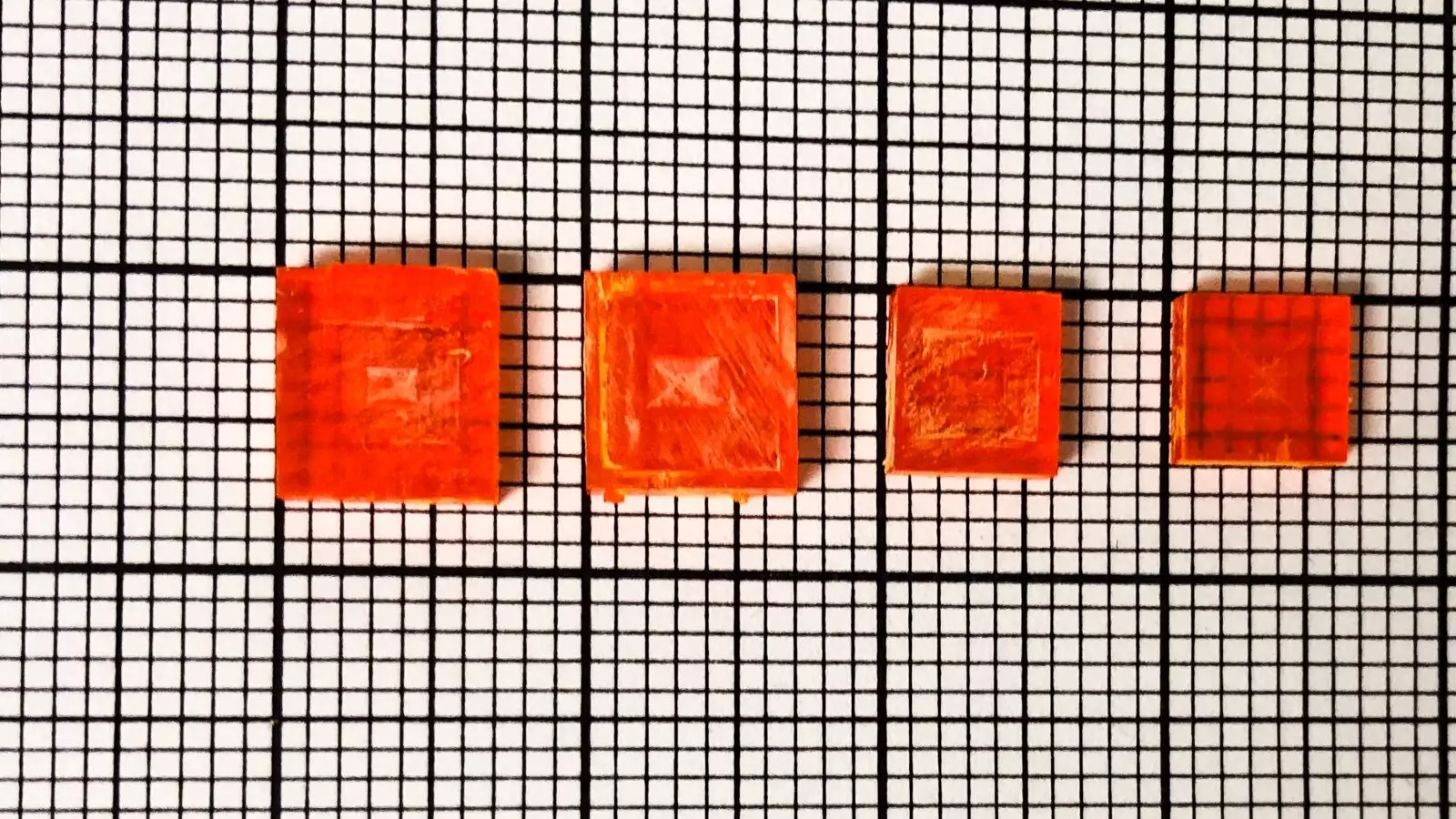X-ray technology has long been an essential tool in medicine and scientific research. It provides non-invasive medical imaging and helps researchers gain insight into the internal structures of materials. In recent years, there have been significant advancements in X-ray technology, allowing for the production of brighter and more intense beams. These advancements have made it possible to study increasingly intricate systems, such as the insides of operating batteries. However, to support these advancements, scientists have been working on developing X-ray detector materials that can withstand intense X-ray beams, particularly those produced by large X-ray synchrotrons. These materials need to maintain sensitivity and cost-effectiveness.
One team of scientists at the U.S. Department of Energy’s Argonne National Laboratory, in collaboration with their colleagues, has recently made an exceptional breakthrough in the development of X-ray detector materials. They have demonstrated outstanding performance of a new material designed to detect high-energy X-ray scattering patterns. This detector material boasts excellent endurance under ultra-high X-ray flux and offers promising cost-effectiveness, making it suitable for a wide range of synchrotron-based X-ray research applications.
Many of the current detector materials available in the market fail to handle the wide range of beam energies and enormous X-ray fluxes generated by large synchrotron facilities. The existing detector materials that can withstand such conditions are often expensive, difficult to grow, or require extremely low working temperatures. This limitation has driven scientists to search for alternative detector materials that can overcome these challenges and provide more reliable and efficient results.
To address the need for better detector materials, the team of scientists analyzed the performance of cesium bromide perovskite crystals. Perovskites are known for their simple structures and highly tunable properties, making them suitable for various applications. The team grew the material using two different methods. One method involved melting and cooling the material to induce crystal formation, while the other involved a solution-based approach with crystal growth at room temperature.
The team of scientists evaluated the crystals produced using these two methods at the Advanced Photon Source (APS) beamline 11-ID-B at Argonne National Laboratory. The results were astonishing, showcasing exceptional detection capabilities and the ability to withstand fluxes up to the limit of the APS without any issues. The material’s unique properties, including its relatively high density and structured electrical properties, contribute to its efficiency and sensitivity in detecting small changes, providing valuable insights into real materials under real conditions.
High-energy X-rays are crucial for studying dynamic systems in real time, such as biological processes in cells or chemical reactions inside engines. The exceptional performance of this new detector material allows researchers to detect subtle changes during experiments, enabling them to obtain detailed insights into intricate and rapid activities in materials. This advancement facilitates faster and more precise studies.
The success of this new detector material opens up new possibilities and applications. As the APS undergoes a major upgrade, increasing the brightness of its beamlines by up to 500 times, the demand for superior detector materials becomes even more critical. The research team plans to focus on scaling up the production of this material and optimizing crystal quality. Furthermore, they anticipate additional applications for the material, including its potential use in detecting gamma rays at extremely high energies with the support of the Department of Energy’s National Nuclear Security Administration.
The advancements in X-ray technology have revolutionized medicine and scientific research. However, to support these advancements, the development of reliable and cost-effective X-ray detector materials is crucial. The breakthrough achieved by the team at Argonne National Laboratory in the performance of a new detector material is a significant step forward. The material’s exceptional endurance and sensitivity to high-energy X-rays make it a valuable asset in synchrotron-based X-ray research. With further improvements, such as scaling up production and crystal quality optimization, this detector material holds great potential for a wide range of applications, ultimately pushing the boundaries of scientific exploration and understanding.


Leave a Reply